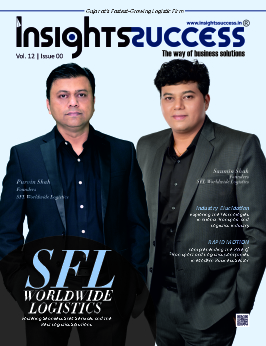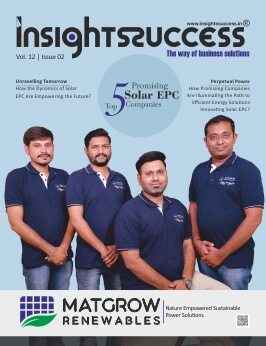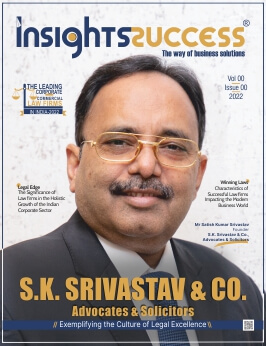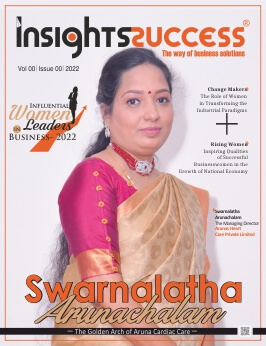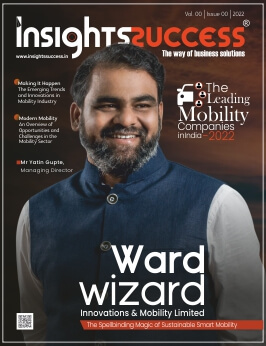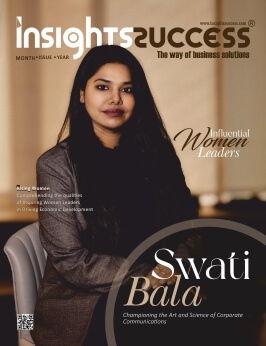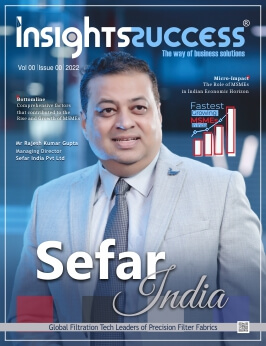Food, clothing, and shelter are the necessities of every human being. In today’s fast-paced world, where everyone is busy on the run to catch up with their tight timelines. Many people struggle to get good daily meals due to various challenging scenarios.
The regular hotels and eateries are costly and unfeasible for daily routine. Students and working professionals often opt for the mess service for their daily requirements in a hope of getting fresh, healthy, cost-effective food. However, it is challenging to find a good mess that meets the requirements, and the mess business is unorganized and person-driven or family-run domestic ventures.
Looking into this big vacuum of need for resource disparity, www.bluwage.in was thoughtfully developed with the objective of bridging the gap and offering a wide variety of options prevailing in the market. This unique online platform opens a vast scope in terms of exposure, information resource, and inquiry generation model for the mess owners spread across various locations of the city.
On identifying the wide gap between the needy people and the mess owners, Manish Sharma, Founder and CEO, began this unique business platform, www.bluwage.in. A successful founder and CEO of Pingaroo, a new-age start-up that offers business start-up consultancy, leadership, marketing, and HR management functions, Manish decided to bridge the gap with a common symbiotic ground and began the venture of Bluwage.
The Insights Success team interviewed Manish Sharma, in which he overwhelmingly shared the journey of Bluwage, their objectives and inspirations, the challenges faced, and the vision on which he has planned the business model. He revealed his motivation behind the establishment of Bluwage, a tech-enabled web and app dedicated to foodies of India and owners of the mess. He sees great opportunities in these segments, which excites him to solve this problem.
Below are the excerpts from the interview
Manish, please tell us about the saga of Bluwage since its inception.
Bluwage offers smart mess infrastructure, web, and app that allows students, professionals, and Urban People to take high-hygiene food and to owners maximize their revenue and customers. An unbranded mess is providing low-hygiene food and no ease of experience in Mess, and on the other hand, consumers have daily only one choice of mess with fixed one menu.
As a Serial Entrepreneur after Pingarooo, I was very clear that I had to solve a problem that is faced by our people, myself, and friends. I want to tell you a story about when I was in Kota for my preparation. I and my friends come late at night from coaching and go to the unbranded mess. And we are likely touchers in mess with bad quality food and service at that time we didn’t have any option.
My many friends left their studies due to only food problems. They are got admitted for months and months due to unhygienic food in, mess and service. And after joining college, I was an Executive Mess member in my college. I faced and analysed these problems very closely, so we decide to build a mess aggregator platform Bluwage.
We are not firing unbranded mess employees; instead of firing, we launched A Launchpad program where we train unbranded mess employees to give world-class service in mess. We also provide access to up to seven messes to our customers so that they can choose any mess according to their choice of food menu near to their home, office, or any city.
What was your inspiration behind venturing into the business arena?
People say inspiration, and I am always saying it’s not inspiration; it’s a real problem that we faced in the past. I want to tell you a story about when I was preparing for IIT JEE in Kota with one of my friends Mridul, we came at 9:30 at night daily from coaching, and we are so far from our home. We are not able to make our Daily meals. So, we decided to use a Mess for daily meals.
But Mess food is unhygienic, no easy experience, poor Water quality, check-in problems and after a week we start facing lots of health problems. My friend Mridul Suffered from a big health issue, and he gets admitted to the hospital for one month; not only Mridul, but there are also many of my friend who suffered from this problem, one of my friends Manish Kumar from Bihar, left their preparation from Kota due to meal problem.
So, I decided to solve this problem by connecting each unbranded mess with Bluwage and providing an asset-light model of mess to the customer with ease of experience, multiple menus, world-class service, high hygienic food, and easy check-in and checkout.
What were the initial challenges that you had to surmount to ensure your start-up’s success rate reached greater heights?
In early 2020, when we were interviewing students and working on PMR, We got to know that Kota students don’t use a smartphone; they mainly prefer Black and white phone. This comes in as a major challenge for us to digitalize them.
Secondly, in COVID, our consumer in the home industry shut down, but this recession digitalizes the students. We faced challenges in Team stability, Financial Management, and consumer acquisition.
What professional values and qualities do you think your clients value in you and your firm the most?
High Hygiene food, World class service, Responsibility, Our Asset light model, Access of up to seven mess food, Customer support, Creating a cultural value, Luxurious service, Repeatable service, Accountability.
What are the USPs that highlight your brand/company’s uniqueness in the industry?
Our USP- ‘Thinking Out of the BOX’
We provide quality training to our employees to serve world-class service with high hygiene food in mess. It’s very necessary to know whether your solution is really solving a customer’s problem or not. As per data and review which we have, tells us our USP, no. of customers increasing day by day and the percentage of our repeatable customers is more than 90% which too much excites us. One more survey tells us more than 70% of our customers will be disturbed and have no other such options if we shut down our company.
As an experienced professional, what would you like to advise the budding aspirants willing to enter the business world?
- Start Early- Fail Early
- Have Patience
- Take Risk
- Build Network
- Know well your consumer and customer
- Underestimate Yourself
- Focus on Mission
- Make a Finance Road map
How do you envision your company’s operations with the emerging technologies and automated tools that are revolutionizing the business world by enabling innovations?
Emerging technology can enable enterprise goals—but only if properly implemented. We are going with a flow.
Properly implemented, emerging technologies can be powerful in helping companies solve business problems, scale on demand, improve resiliency, and deploy technology solutions rapidly and securely. Companies should conduct a digital maturity assessment and determine areas where emerging technology could provide the greatest value or enable the organization to deliver on its strategies with greater certainty or at a faster pace.
It’s also critical to have effective change management during the transition; otherwise, any technology program will never truly reap the intended benefits.
What is the fallacy of the Perfect Business Plan?
According to conventional wisdom, the first thing every founder must do is create a business plan-at static document that describes the size of an opportunity, the problem to be solved, and the solution that the new venture will provide. Typically, it includes a five-year forecast for income, profits, and cash flow.
A business plan is essentially a research exercise written in an isolation at a desk before an entrepreneur has even begun to build a product. The assumption is that it’s possible to figure out most of the unknowns of a business in advance before you raise money and execute the idea.
Once an entrepreneur with a convincing business c plan obtains money from investors, he or she begins b developing the product in a similarly insular fashion. Our developers invest thousands of man-hours to get it ready for launch, with little, if any, customer input. Only after building and launching the product does the venture get substantial feedback from customers when the sales force attempts to sell it. And too often, after months or even years of development, entrepreneurs learn the hard way that customers do not need or want most of the product’s features. After decades of watching thousands of start-ups follow this standard regimen, we’ve now learned at least three things:
- Business plans rarely survive first contact with customers. As the boxer Mike Tyson once said about his opponents’ pre-flight strategies: “Everybody has a plan until they get punched in the mouth.”
- No one besides venture capitalists and the late Soviet Union requires five-year plans to forecast complete unknowns. These plans are generally fiction, and dreaming them up is almost always a waste of time.
- Start-ups are not smaller versions of large companies. They do not unfold in accordance with master plans. The ones that ultimately succeed go quickly from failure to failure, all the while adapting, iterating on, and improving their initial ideas as they continually learn from customers.
One of the critical differences is that while existing companies execute a business model, start-ups look for one. This distinction is at the heart of the lean start-up approach. It shapes the lean definition of a start-up: a temporary organization designed to search for a repeatable and scalable business model.


